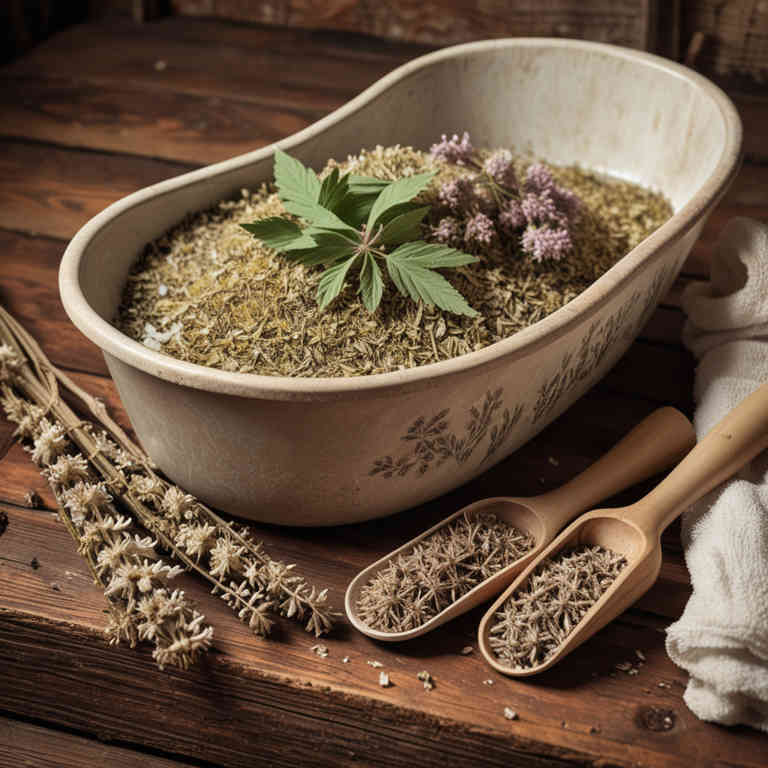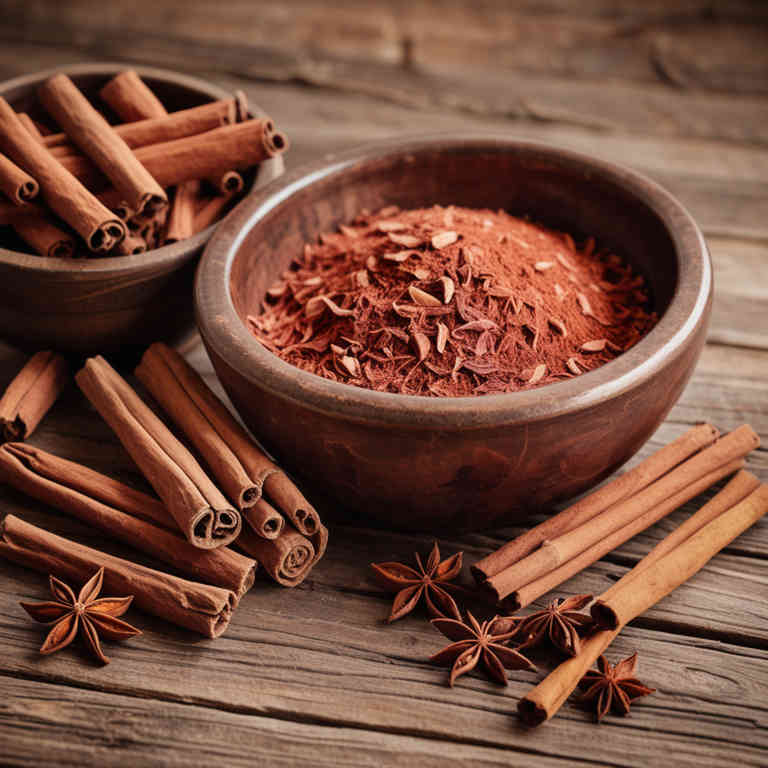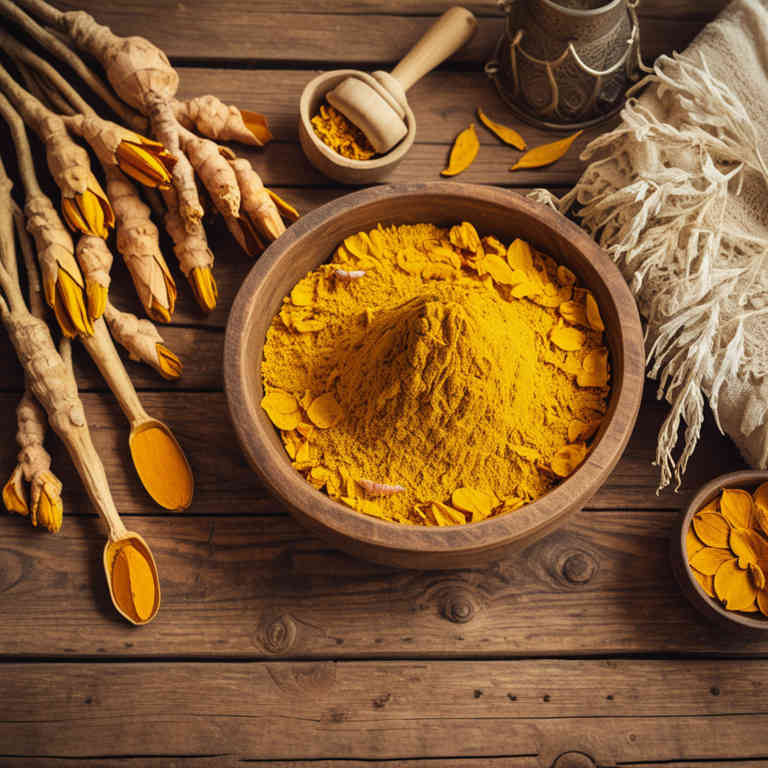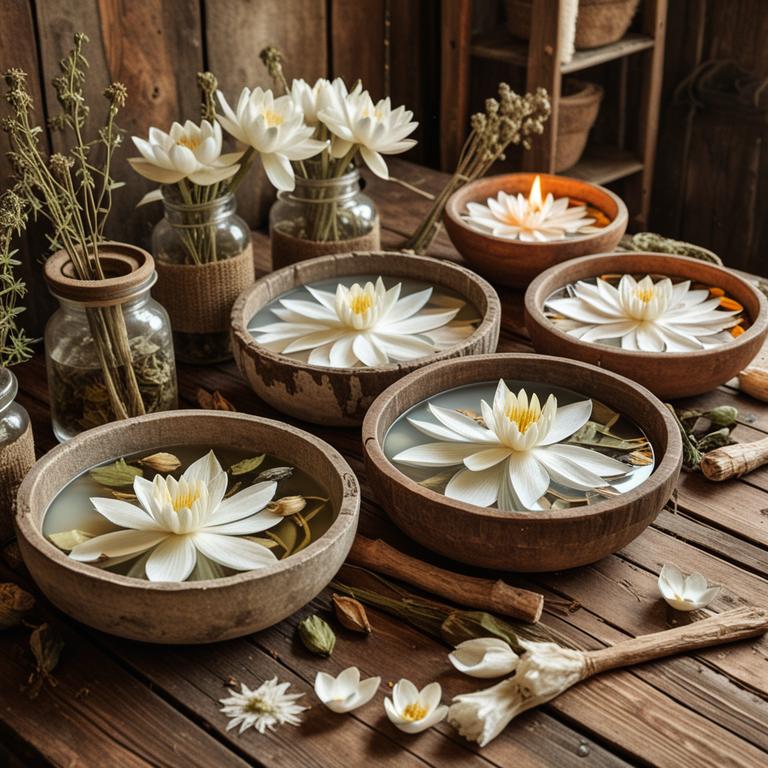10 Best Herbal Baths For Migraine

Herbal baths for migraine involve the use of specific plants known for their calming and analgesic properties, such as lavender, eucalyptus, and chamomile, which can be added to warm water to create a soothing bathing experience.
These baths work by promoting relaxation, reducing stress, and improving blood circulation, all of which are important factors in migraine management. The aromatic compounds in the herbs can also stimulate the olfactory system, triggering a calming response in the brain. While herbal baths are not a cure for migraines, they can serve as a complementary therapy to alleviate symptoms and reduce the frequency of attacks.
It is advisable to consult with a healthcare provider before incorporating herbal baths into a migraine treatment plan to ensure safety and effectiveness.
FREE Herb Drying Checklist
How to make sure every batch retains maximum flavor, color, and aroma without the risk of mold or over-drying. Eliminate guesswork and trial-and-error, making herb drying faster, easier, and more efficient every time.
Table of Contents
1. Rosmarinus officinalis

Rosmarinus officinalis, commonly known as rosemary, has been traditionally used in herbal baths to alleviate symptoms of migraine.
The essential oils derived from rosemary leaves contain compounds like 1,8-cineole and camphor, which are known for their stimulating and anti-inflammatory properties. When used in a warm herbal bath, rosemary can help relax tense muscles and improve blood circulation, potentially reducing migraine frequency and intensity. The aromatic properties of rosemary also have a calming effect on the mind, helping to ease the stress and anxiety often associated with migraines.
However, it is important to use rosemary in moderation and consult with a healthcare professional before incorporating it into a migraine treatment regimen.
2. Valeriana officinalis

Valeriana officinalis, commonly known as valerian, is a traditional herb that has been used for centuries to promote relaxation and improve sleep, which may indirectly help alleviate migraine symptoms.
When used in herbal baths, valerian's calming properties can help reduce stress and tension, common triggers for migraines. The aromatic compounds in valerian root can be absorbed through the skin, providing a soothing effect that may ease headache intensity and duration. To prepare a valerian bath, steep dried valerian root in hot water, let it cool, and then add it to a warm bath, allowing the steam to release its beneficial compounds.
While herbal baths are not a substitute for medical treatment, they can serve as a complementary therapy to support overall well-being and potentially reduce the frequency of migraines.
3. Mentha piperita

Mentha piperita, commonly known as peppermint, has been traditionally used in herbal baths to help alleviate symptoms of migraine.
The cooling and soothing properties of peppermint essential oil can help reduce tension and promote relaxation, which may ease migraine headaches. When added to warm bath water, the aromatic compounds of peppermint are absorbed through the skin, potentially improving circulation and reducing muscle tension in the head and neck area. Some studies suggest that the menthol in peppermint can stimulate sensory receptors that may help reduce pain perception.
While herbal baths are not a substitute for medical treatment, they can be a complementary therapy to support migraine management and overall well-being.
4. Lavandula angustifolia

Lavandula angustifolia, commonly known as English lavender, has been traditionally used in herbal baths to alleviate symptoms of migraine due to its calming and analgesic properties.
The essential oils extracted from lavender flowers contain compounds like linalool and linalyl acetate, which have been shown to reduce inflammation and ease muscle tension, both of which are common contributors to migraine pain. Soaking in a lavender-infused bath can promote relaxation, reduce stress, and improve sleep, all of which are important factors in preventing and managing migraines. To prepare such a bath, a few drops of lavender essential oil can be added to warm water, or dried lavender buds can be steeped in the water to release their soothing aroma.
While herbal baths can offer relief, they should be used as a complementary therapy alongside medical treatments recommended by healthcare professionals.
5. Hypericum perforatum

Hypericum perforatum, commonly known as St. John's Wort, has been traditionally used in herbal baths to alleviate symptoms of migraine.
When infused into bath water, the active compounds in Hypericum perforatum, such as hypericin and hyperforin, may help reduce inflammation and ease pain associated with migraines. The calming properties of the herb can also promote relaxation and reduce stress, which are common triggers for migraine attacks. Some individuals find that soaking in a St. John's Wort bath provides a soothing effect that complements other migraine treatments.
However, it is important to consult with a healthcare professional before using this herbal remedy, as it may interact with certain medications.
6. Achillea millefolium

Achillea millefolium, commonly known as yarrow, has been traditionally used in herbal baths to alleviate symptoms of migraine.
The infusion of dried yarrow leaves into warm water creates a soothing bath that may help reduce headaches and ease the associated tension. Yarrow contains compounds such as flavonoids and essential oils, which are believed to have anti-inflammatory and calming properties. Taking a yarrow bath can promote relaxation, improve circulation, and potentially reduce the frequency and intensity of migraines.
While more scientific research is needed, many individuals find relief from using yarrow in their herbal baths as a natural complement to other migraine management strategies.
7. Salvia officinalis

Salvia officinalis, commonly known as sage, has been traditionally used in herbal baths to support overall wellness and may offer relief for migraine sufferers.
When infused into bath water, sage's calming properties can help reduce stress and tension, which are common triggers for migraines. The aromatic compounds in sage, such as thujone and camphor, may promote relaxation and improve blood circulation, potentially easing migraine symptoms. Herbal baths with sage can also help soothe the nervous system and provide a sense of comfort during a migraine episode.
While not a cure, incorporating sage into a regular bathing routine may be a complementary approach to managing migraine frequency and intensity.
8. Cinnamomum zeylanicum

Cinnamomum zeylanicum, commonly known as cinnamon, has been traditionally used in herbal baths to alleviate symptoms of migraine.
The essential oils extracted from cinnamon bark possess antimicrobial, anti-inflammatory, and analgesic properties that may help reduce headache intensity and duration. When added to warm bath water, cinnamon's aromatic compounds can stimulate the senses and promote relaxation, potentially easing migraine-related tension. Some studies suggest that the scent of cinnamon may influence neurotransmitter activity, which could help in managing migraine pain.
However, while anecdotal evidence supports its use, more rigorous scientific research is needed to confirm its efficacy as a complementary therapy for migraines.
9. Curcuma longa

Curcuma longa, commonly known as turmeric, has been traditionally used in herbal medicine for its anti-inflammatory and analgesic properties, and recent studies suggest it may be beneficial in alleviating migraine symptoms.
When incorporated into herbal baths, curcuma longa can help reduce inflammation and ease muscle tension, which are common triggers for migraines. The warmth of the bath enhances the absorption of curcumin, the active compound in turmeric, allowing it to penetrate the skin and exert its therapeutic effects. To prepare a curcuma longa bath, mix a handful of turmeric powder with warm water and add it to a tub, ensuring the water is comfortably warm but not scalding.
Regular use of such baths may help provide natural relief from migraine headaches, though it is advisable to consult a healthcare professional before starting any new treatment regimen.
10. Nymphaea alba

Nymphaea alba, commonly known as the white water lily, has been traditionally used in herbal baths to alleviate symptoms of migraine.
The plant contains bioactive compounds such as alkaloids and flavonoids, which may have anti-inflammatory and analgesic properties. When incorporated into a warm bath, the essential oils and extracts from Nymphaea alba are believed to promote relaxation and reduce stress, a common trigger for migraines. The soothing properties of the bath can help ease tension in the muscles of the neck and shoulders, which often accompany migraine attacks.
While more research is needed, some anecdotal evidence suggests that regular use of Nymphaea alba herbal baths may offer a natural and complementary approach to migraine management.